Astilleros Nereo in Malaga restores historical and classic wooden boats using traditional techniques
By Nick Nutter | Updated 29 Aug 2022 | Málaga | Museums |
Login to add to YOUR Favourites or Read Later
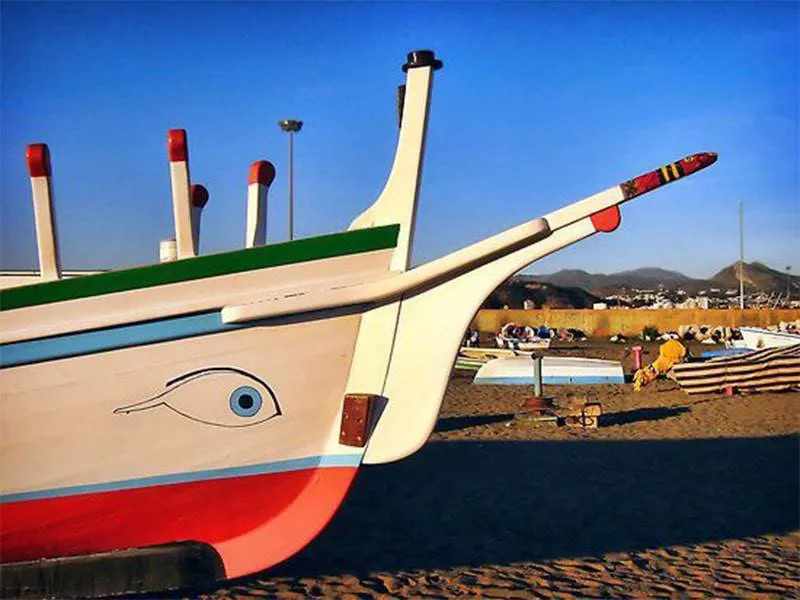
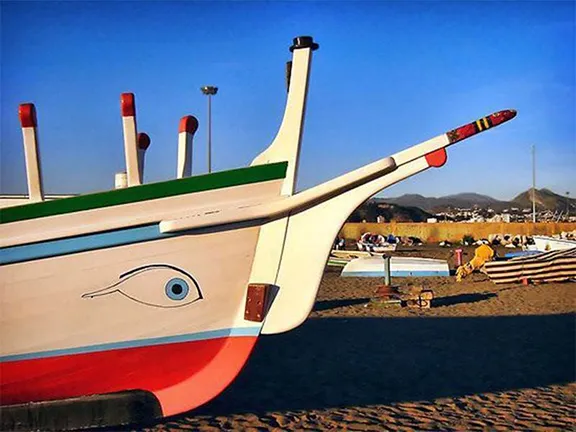
Astilleros Nereo is one of the oldest shipyards in Spain. They specialise in building and restoring wooden boats, particularly those of classic design such as the jabega, using wood working techniques that date back hundreds of years. Astilleros Nereo is part of the Historical Heritage of Spain and offer guided tours of the shipyard and workshops where visitors can see restoration projects currently underway.
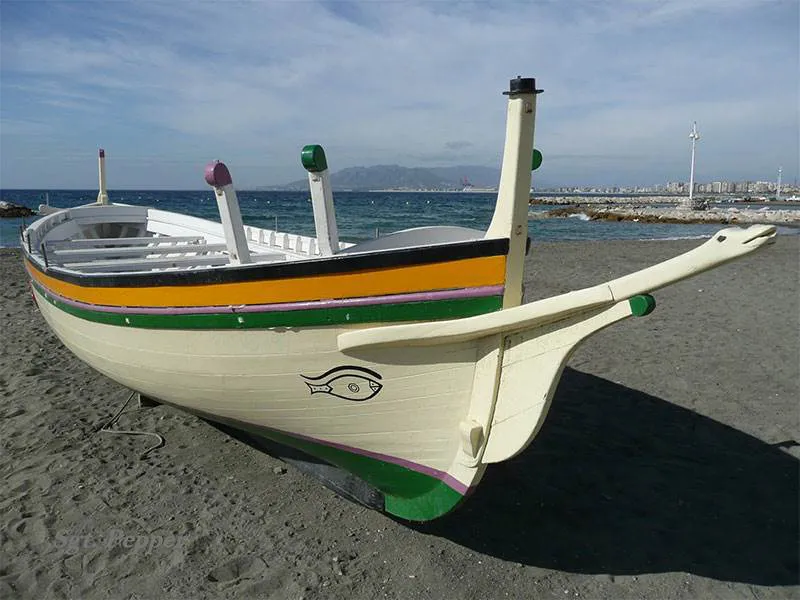
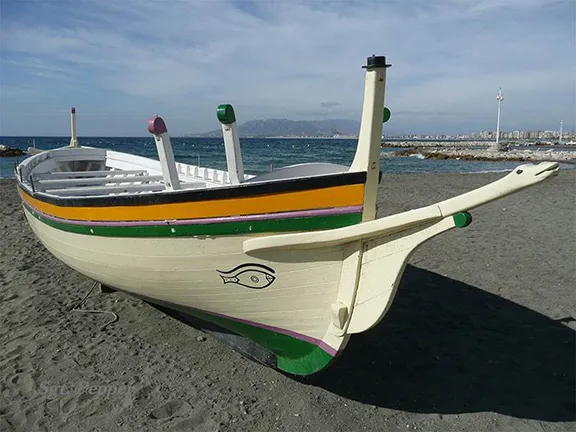
Have you ever wondered about the significance of the eyes on the prow of the wooden fishing boats you regularly see on the beaches of Andalucia? The same symbol appears on the Malaga metro trams and metro tickets. Once you start looking for them, those eyes are all over the place.
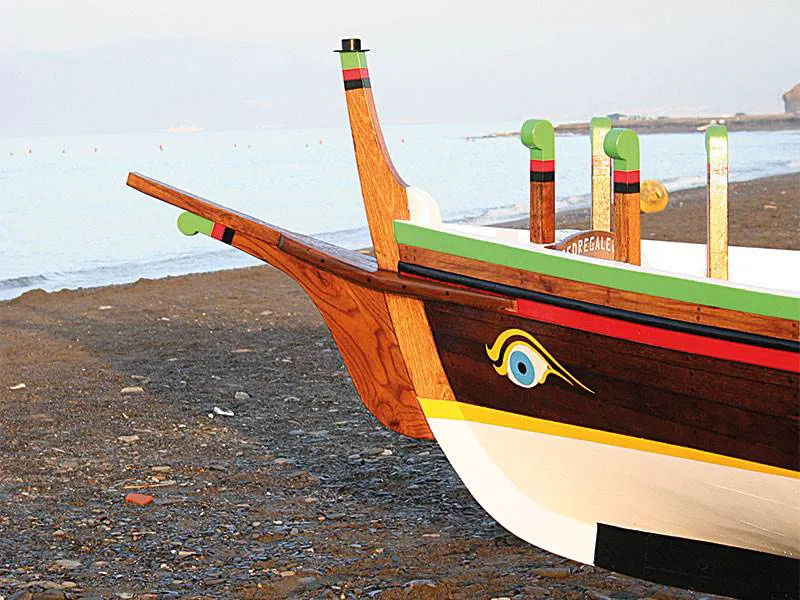
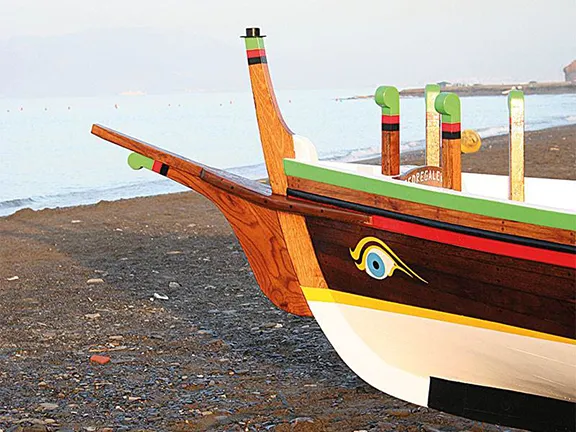
If you look carefully at the boats, called jabega, you will see they are very substantially built of heavy wood. Each is about 8 metres long from bow to stern and 2 metres wide. The eye, sometimes embedded in the design of a fish, on the prow, has a very ancient Egyptian look, while the bowsprit, extending from the bows, is designed like a serpent’s head. The eye protects against evil, looks for danger and brings luck to those on board. The serpent symbolises wisdom and strength as it parts the waters ahead of the body of the boat. These boats weigh in at 1000 kgs, which is a lot for a boat that size, and the oars required to pull them through the water have to be equally massive.
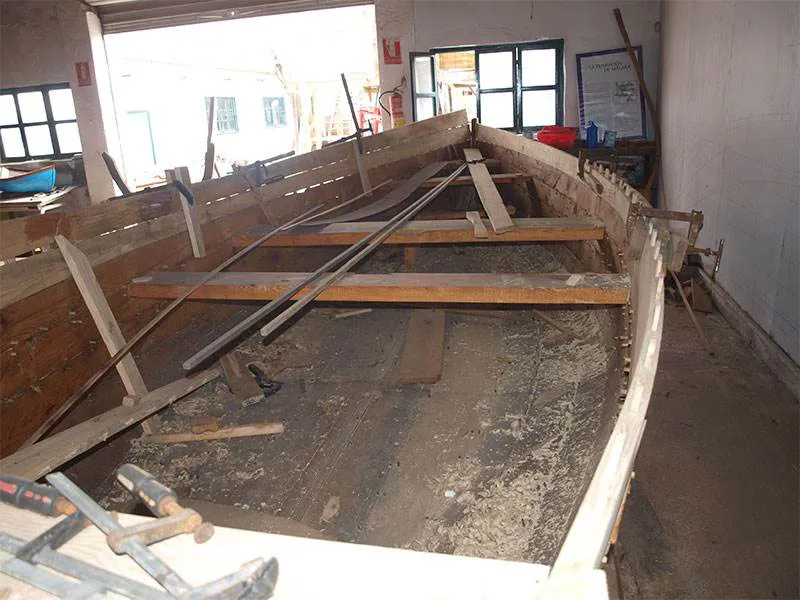
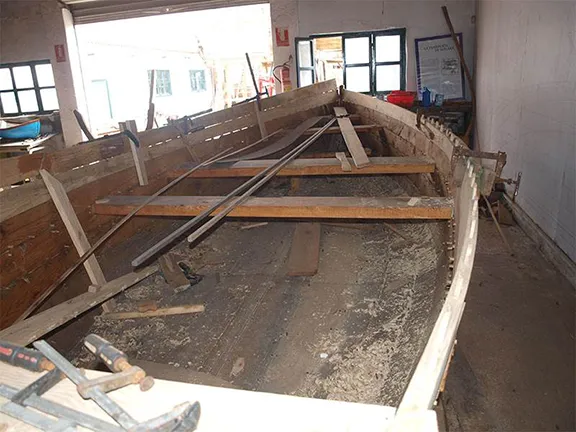
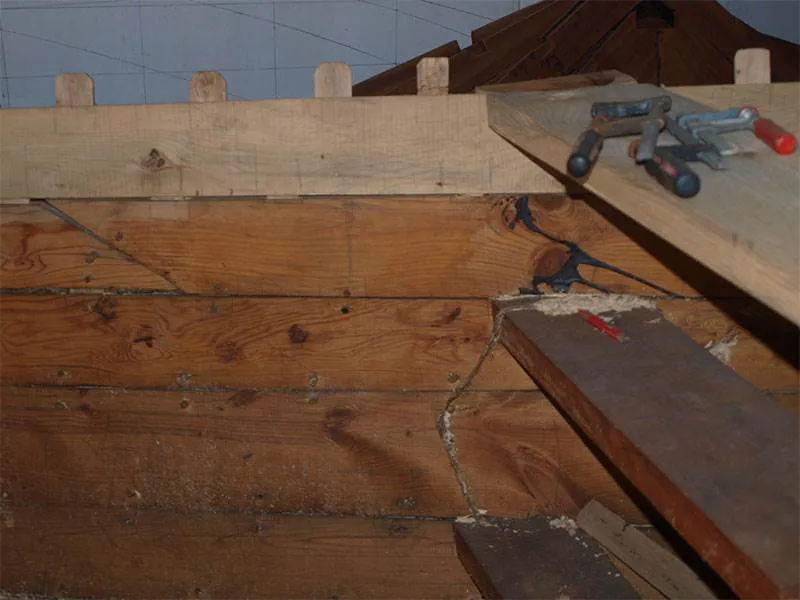
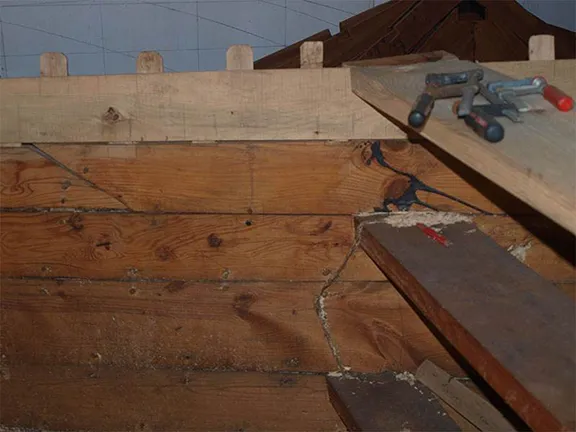
Until recently the jabega, with its crew of four men, sallied forth from the beach to catch fish and shellfish using a tightly woven net. This method of fishing was banned because it caught everything in the water. Now the boats have crews of six or eight, and they race against each other. There are rowing clubs at Malaga, Torremolinos and Rincon de la Victoria. There is a move to use lighter wood in the boat’s construction to reduce the overall weight to 500 kgs to make them easier to row.
The design of the jabega can be traced back, almost unchanged, at least 2700 years and probably further. In 1994 a Phoenician trading vessel, the Mazarron II, was discovered in shallow water just off the shores of Playa de la Isla in Mercia. A replica of the wreck was constructed that is now in the Underwater Archaeology Museum at Cartagena.
What is remarkable is that the method of construction of Mazarron II has survived into modern times and can be recognised in the contemporary day jabega. To prove the point naval engineering students at the Astilleros Nereo in Malaga, one of the oldest shipyards in Spain, are building a replica of a Phoenician jabega based on the Mazarron II wreck.
The hulls are constructed in a way that is part carvel and part clinker. Carvel construction is where the hull planks or strakes lie edge to edge, and the planks are laid against formers that become the internal frames of the boat, the boat is constructed ‘right way up’ from the keel outwards and upwards to the gunwales.
Clinker construction has overlapping hull planks. The keel, hog, stem, and stem post are laid first. Against these parts, formers are set out at right angles. The hull is built against a series of formers that are only used to maintain the shape of the hill while it is being made, they are later removed, and it is built ‘upside down’ from the keel.
The replica jabega is constructed ‘right way up’ from a narrow keel. Each abutting edge of every plank has slots cut into it at regular intervals into which thin wafers, rectangles of wood, are tightly inserted. The slots on the bottom plank match the position of the slots in the upper plank so that the planks are fixed together. To reinforce the join wooden dowel pegs are used to ensure the wafers do not move. Thwarts are built into the hull to help make the whole rigid and maintain the shape of the boat. The join between the planks is caulked with oakum - fibres woven into thread. The Mazarron II wreck then had thin frames, nowhere near as massive as the frames on later carvel-built boats, inside the hull running from gunwale to keel each lashed in place with thick yarn to add more rigidity. The replica in the Astilleros Nereo yard is not yet ready for them. The whole of the outside surface is then coated with pitch made from the resin of pine trees growing in the Sierra Bermeja near Estepona.
This method of construction predates clinker build that developed in northern climes between 1000 and 100 BC, the Viking long ships are probably the most familiar example, and was long before carvel build that evolved in the Mediterranean during the 14th and 15th centuries AD.
Visit the Astilerros Nereo website for opening times and prices
Astilleros Nereo is at the west end of Pedregalejo and on the east side of Los Baños del Carmen. It is open to the public 10 am to 2 pm and 5 pm to 7 pm.